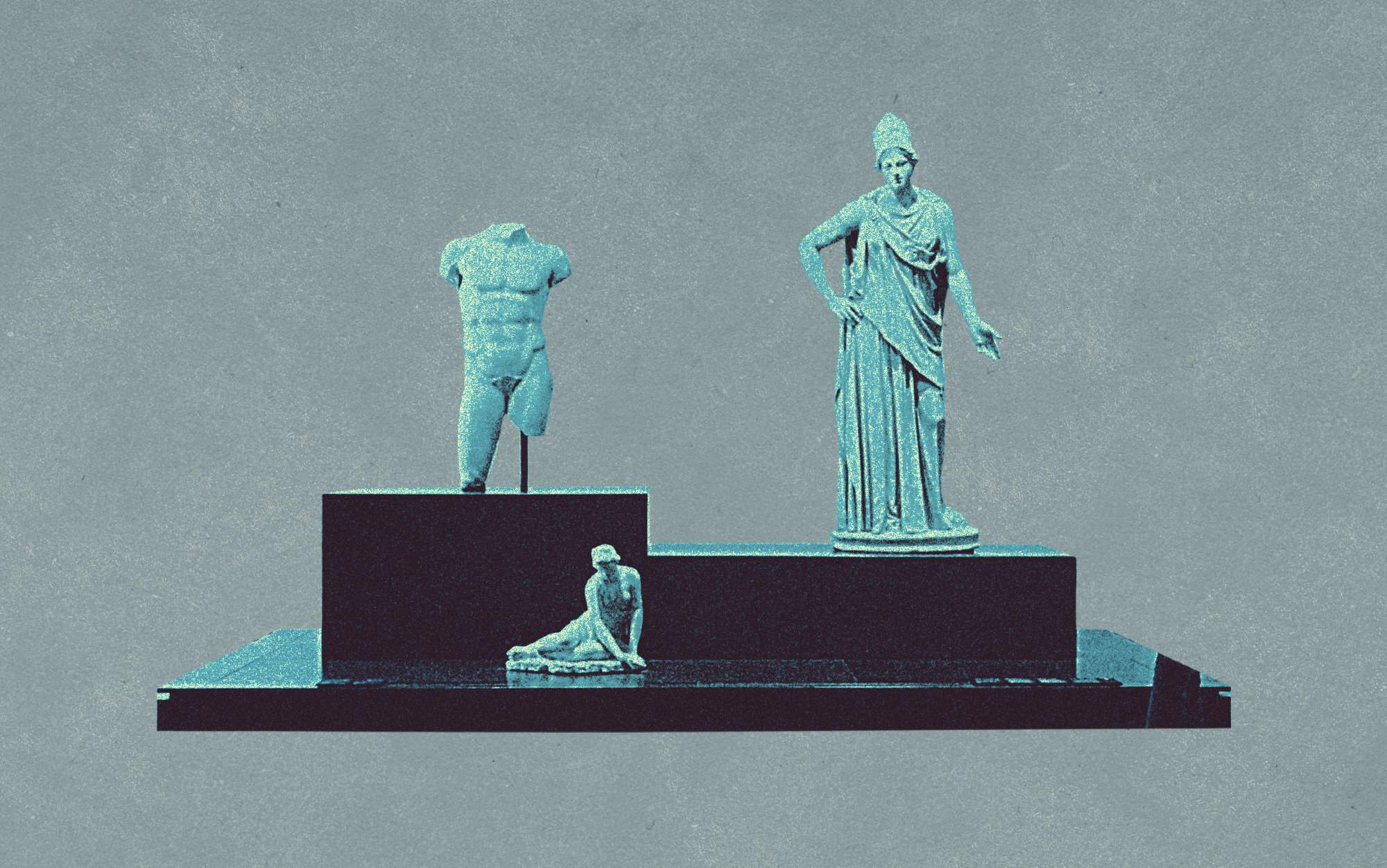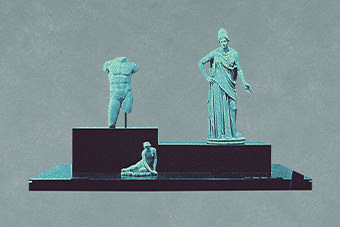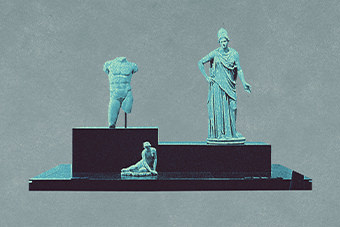The 1857 Memorial Museum, Residency through its galleries A-K showcases the impact of the First War of Independence, 1857, on the Residency complex. The Residency complex was constructed for the British Residents stationed in Awadh as per the treaty signed between Nawab Shuja-ud-Daula and the British in 1774. As the capital shifted from Faizabad to Lucknow under the reign of Nawab Asaf-ud-Daula, the construction of the Lucknow Residency was completed in 1800 by Nawab Sadaat Ali Khan. The buildings of the Residency suffered immense structural damage due to the heavy shelling during the Siege of Lucknow in 1857. The museum building stands as a testimony to the Freedom Struggle of 1857 through the impact of the heavy shelling on the façade and the internal structure that is clearly identifiable. The museum (galleries A-C) has a series of thematically arranged lithographs on display by C.H. Mecham under the name of ‘Siege of Lucknow’ on 1st October, 1858, and ‘Campaign in India’ by G.F. Atkinson on 1st January, 1859, published by London Day and Sons, the lithographers to the Queen. The gallery contains lithographs drawn on the spot at the buildings of the Residency complex, as seen before and after the 1857 Freedom Struggle. There are three translites on display of the Dilkusha Kothi, Rumi Gate and an aerial view of the Bara Imambara in Hussainabad. There are also paintings of Wajid Ali Shah, Begum Hazrat Mahal and Rani Laxmi Bai, among others on display. The British Gallery (gallery D) has mounted high relief sculptures of Sir Henry Lawrence, Chief Commisioner of Awadh, and of Miss Susanna Palmer, daughter of Colonel Palmer, both of whom died in that very room in the gallery, hit by bullet shots and a cannon ball, respectively. Galleries E-K house cannon balls, musical instruments, a painting of the outbreak of the 1857 Rebellion in Lucknow, a diorama of the attack on the Residency, translites of the battle scenes at Alambagh and Sikanderbagh, swords, shields, guns and rifles as a part of the exhibit. However, due to dampness, the basement is under construction and will remain closed to the public until the next financial year, i.e., 2019. The museum, under the management of the Archaeological Survey of India, organises heritage walks and museum tours, and has a 15-minute documentary on the Residency and its historical relevance. It also organises events on national holidays like Independence Day and Republic Day for school children.
More Information
Getting there
The museum is located in the Qaiserbagh area of Lucknow. The nearest bus station is the Qaiserbagh Bus Station, which is at a distance of 2 km from the Memorial Museum. The museum is 5.3 km from the Charbagh Railway Station. Local transport such as taxi and autorickshaw can be easily hired to reach the museum.
Average duration of visit
1-2 hours
Museum administered by
ASI
Person in charge
Updated
Quick Facts
Address:
River Bank Colony, Qaiserbagh
Visiting Time:
Sunday: 10 am - 5 pm
Monday: 10 am - 5 pm
Tuesday: 10 am - 5 pm
Wednesday: 10 am - 5 pm
Thursday: 10 am - 5 pm
Friday: Closed Saturday: 10 am - 5 pm
The Museum is open on public holidays.




